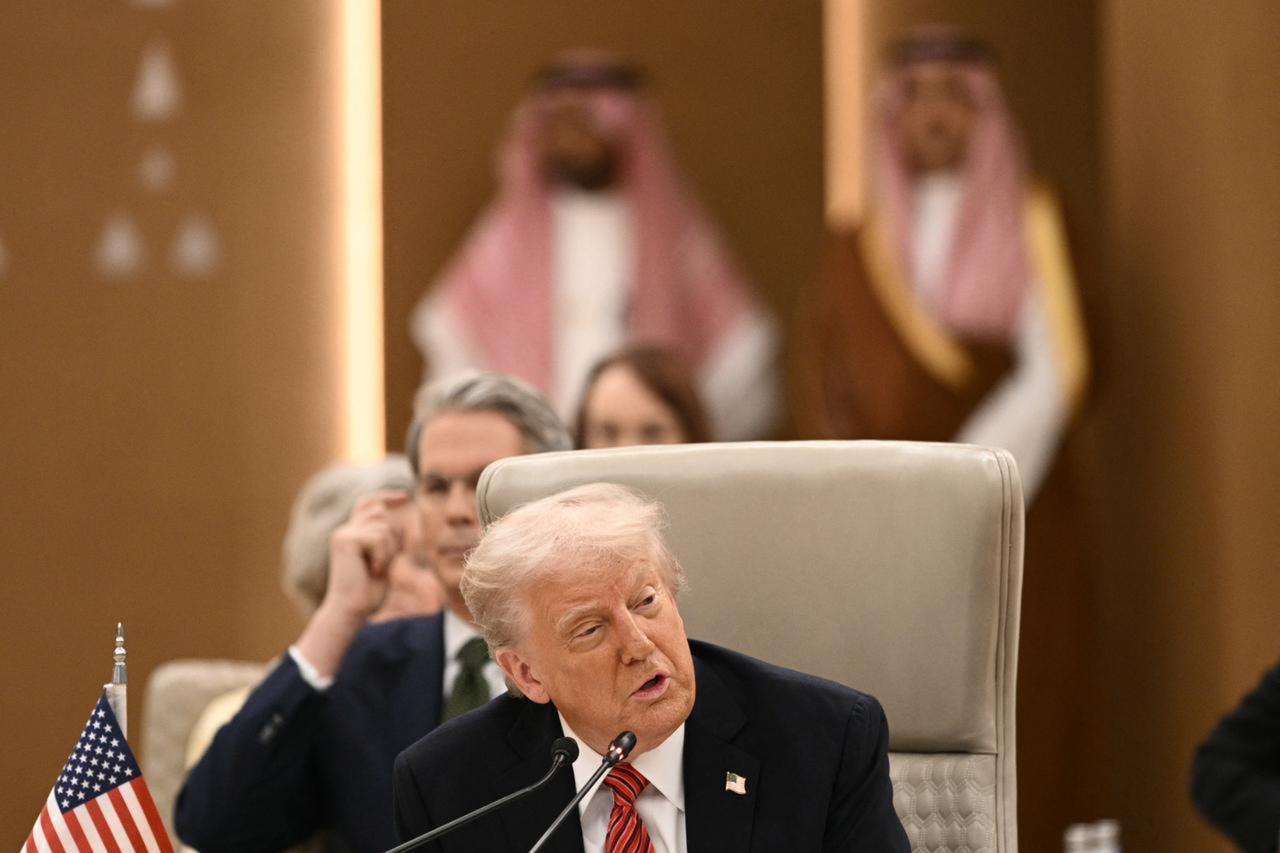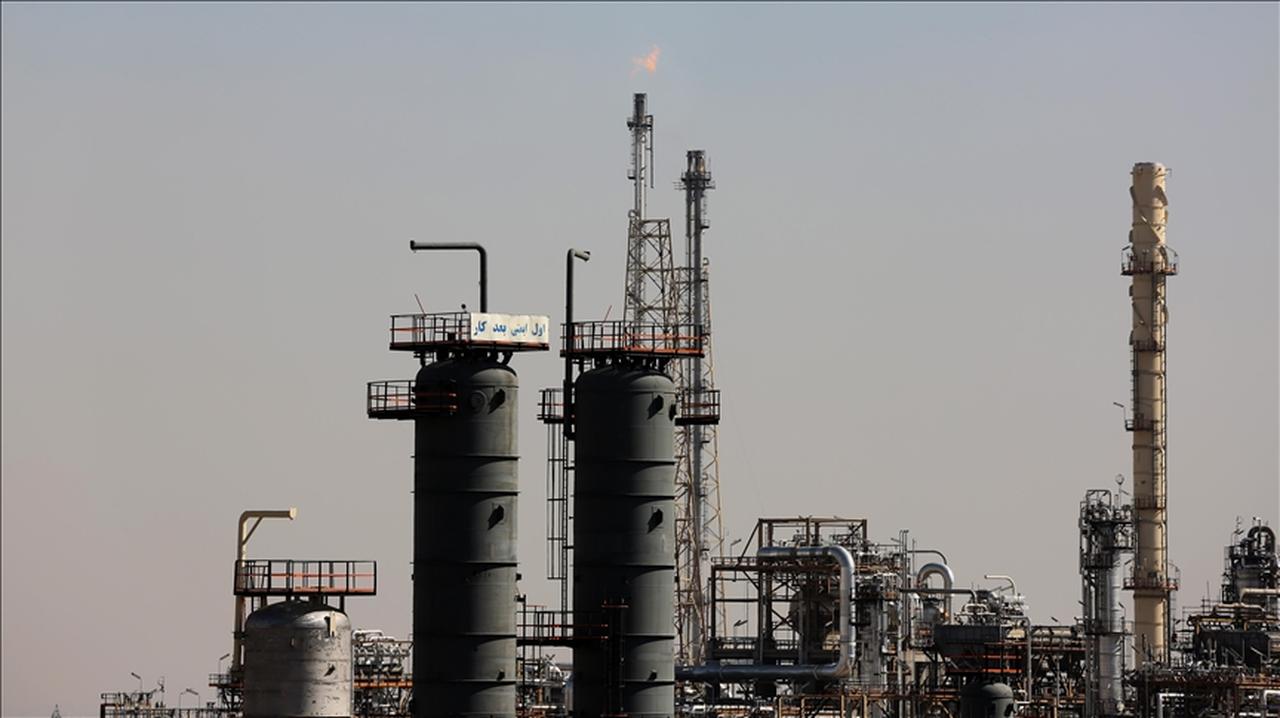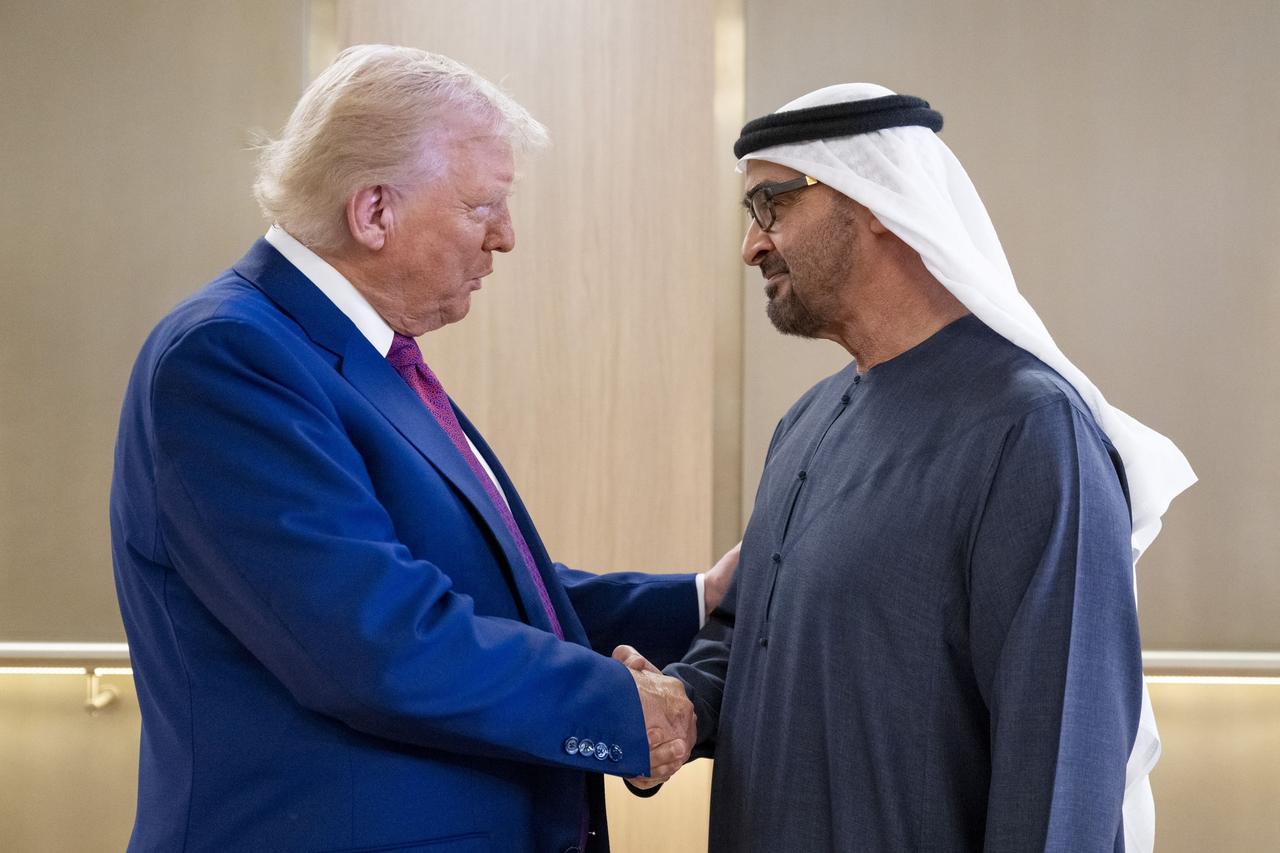
For nearly a century, the United States has maintained a deep and complex involvement in the Middle East. What began as a strategic interest in oil has since evolved into a web of military alliances, political entanglements, and defense contracts. Over time, America’s role in the region became less about direct necessity and more about sustaining influence and maintaining global credibility. Yet today, that approach is increasingly misaligned with Washington’s broader strategic needs.
Despite a growing consensus among analysts and segments of the U.S. political elite that America must pivot its focus toward the Indo-Pacific, parts of the national security establishment remain anchored in outdated thinking. Legacy commitments, institutional inertia, and a Cold War-era worldview continue to drive policy decisions, often at the expense of long-term strategic losses.
Despite growing consensus among experts and the public, parts of the U.S. foreign policy establishment remain tethered to a Middle East-centric worldview that belongs to the Cold War era. The assumption that America must always play a direct and heavy-handed role in the region persists—even as its strategic irrelevance becomes more evident by the day.
Former President Donald Trump’s foreign policy instincts, though polarizing, touched on a key strategic truth: the U.S. must unburden itself from the endless demands of the Middle East to focus on the defining geopolitical contest of our time, countering China. In line with this thinking, Tom Barrack, appointed by Trump as ambassador to Türkiye and special envoy to Syria, embodied a pragmatic approach. His mission was not to expand American influence in the region but to stabilize the Levant just enough so Washington could pivot eastward.
Yet many policy elites in Washington continue to think in terms shaped by the 1970s—a time of oil shocks, Soviet influence, and Arab-Israeli wars. They struggle to accept that today’s Middle East, while still volatile, no longer warrants the scale of American involvement it once did. The U.S. has regional partners, Türkiye, Israel, and the Gulf states, who are capable of managing local security issues without constant American oversight.
More importantly, China is not in the Middle East. The real battlegrounds for influence are in Africa, Latin America, Central Asia, and most critically, the Pacific. Beijing is building ports, signing trade deals, and embedding its influence through massive infrastructure projects under the Belt and Road Initiative. Washington’s bandwidth is limited, and every unnecessary deployment or diplomatic distraction in the Middle East comes at the expense of competing where it actually matters.
There’s also a rare moment of bipartisan convergence in public opinion: Americans are tired of costly entanglements in a region that no longer serves core national interests. The appetite for restraint is real, and growing.
The U.S. needs a leaner, smarter footprint in the Middle East. Russia, busy with its war on Ukraine, already adjusted itself so. It’s time to end the inertia driven by outdated threat perceptions and pivot decisively to where the future is being written: the Indo-Pacific.

The original impetus behind America’s presence in the Middle East was largely energy-related. In 1938, U.S. companies struck oil in Saudi Arabia, and by 1945, the U.S. had established its first military base in the region. For decades, access to affordable Middle Eastern oil was seen as essential to the U.S. and global economy.
But that premise no longer holds. As of 2022, the U.S. was the world’s largest oil producer, outpacing even Saudi Arabia. America is now functionally energy independent. Still, oil remains a strategic factor—not because the U.S. needs it directly, but because others do. Ensuring access for allies, and restricting access to competitors like China, continues to shape Washington’s approach. It’s not about energy security anymore; it’s about energy leverage.
The U.S. has enough leverage now to just facilitate every goal just by cooperating in strong relations with its allies. A more focused and strategically determined Washington will deliver a better message to achieve this.

Another major pillar of U.S. involvement is the arms trade. In 2023, U.S. foreign military sales reached a record $238 billion, more than 40% of the global total. The Middle East is a key market. But these deals are not purely transactional; they’re political instruments. By arming its partners, the U.S. reinforces security dependencies and strengthens its leverage.
Countries like Saudi Arabia, the UAE, and Egypt rely heavily on American military equipment, which ties them closely to U.S. defense and diplomatic structures. Israel, Washington’s closest regional ally, is the largest cumulative recipient of U.S. foreign aid since World War II, most of which is earmarked for purchasing American weapons.
These relationships go far beyond economics. They help Washington project power without needing a permanent troop presence and ensure that American defense contractors, and their political backers, remain influential.
As President Trump’s last Gulf tour visit makes it obvious, America doesn’t need neither to be there physically nor to show muscles to keep this influence increasing, but diplomacy and meaningful engagements with every part.
U.S. alliances in the region have been fluid. Some are rooted in formal arrangements, such as Turkey’s NATO membership. Others, like the partnership with Saudi Arabia, are more pragmatic and transactional.
Perhaps the most enduring alliance is with Israel. Since its founding in 1948, the U.S. has provided unwavering support beyond military aid.
But other relationships have shifted dramatically over time. In the mid-20th century, Iran was a central U.S. ally in the region. That changed after the 1979 revolution, which turned Iran into a leading challenger to U.S. regional influence. Washington’s support for the 1953 coup that ousted Iran’s elected government continues to shape Iranian political identity and anti-American sentiment.
These evolving alliances underscore a central tension: U.S. partners in the region often have divergent interests, and Washington’s attempts to balance them frequently produce unintended consequences.
President Trump’s ‘no nation-building’ attitude and non-interventionist approach reflects it well.

No modern U.S. intervention has had more lasting impact on the Middle East than the 2003 invasion of Iraq. Framed as a mission to dismantle weapons of mass destruction and combat terrorism, the war ultimately destabilized the region and undercut America’s credibility.
There were no WMDs. Al-Qaeda, the primary perpetrator of the 9/11 attacks, had no operational presence in Iraq. Yet the war went ahead, triggering years of insurgency, sectarian violence, and the eventual rise of ISIS. The U.S. occupation at its height saw nearly 250,000 American troops deployed. And while the U.S. officially withdrew in 2011, instability drew it back in just three years later.
The Iraq War damaged U.S. prestige, exposed the limits of military power, and helped shift public opinion firmly against large-scale interventions, while studies now show that the real and sole winner of the war turned out to be Iran.
Despite the Iraq debacle, the U.S. has never fully disengaged from the Middle East. Today, its footprint looks different: fewer ground troops, more drone strikes, intelligence sharing, and forward-operating bases. The preference is for remote warfare, projecting force without putting boots on the ground.
Still, America maintains a sprawling presence across the region. From Bahrain to Qatar to Syria, U.S. troops support counterterrorism missions, secure shipping lanes, and provide reassurance to allies. When Houthi fighters in Yemen targeted Red Sea shipping lanes during the Israel-Gaza conflict, it was U.S. naval power that responded.
This enduring presence raises difficult questions. Is the U.S. only responsible party for protecting global commerce, or simply policing a region by the regional players with American diplomatic support is easier?
The core problem is strategic drift. While the White House increasingly emphasizes competition with China and stability in the Indo-Pacific, the Middle East continues to consume bandwidth, resources, and attention. Much of this is due to habit, institutional resistance, and political caution.
Parts of the U.S. foreign policy establishment still operate under assumptions forged during the Cold War and post-9/11 era, assumptions that no longer reflect regional realities. Emerging powers, from Russia to China have entered the field. Local actors have developed their own agendas. Yet Washington’s approach often fails to adapt despite the highest of attempts.